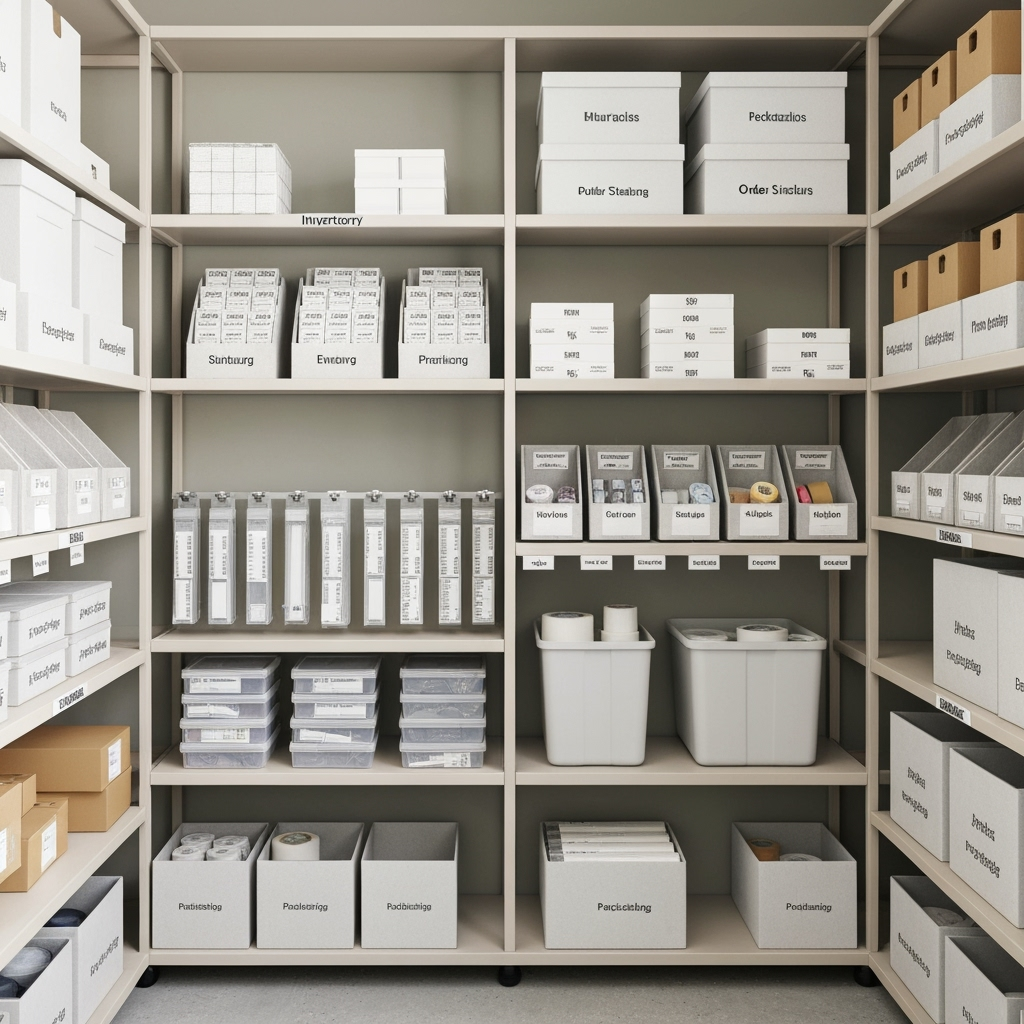
The Evolution of DTC Brand Storage Needs
As direct-to-consumer (DTC) brands grow from kitchen table startups to thriving e-commerce businesses, storage needs evolve dramatically. This comprehensive guide helps you navigate the transition from home storage to professional solutions, ensuring your business maintains efficiency and inventory control during crucial growth phases.
Signs It’s Time to Upgrade Your Storage Solution
- Inventory regularly overflows home storage spaces
- Shipping and receiving becoming logistically challenging
- Multiple SKUs making organization difficult
- Need for climate-controlled storage to protect inventory
- Desire to separate business and living spaces
Key Features of Professional DTC Storage Solutions
Climate Control and Protection
Temperature and humidity control protect valuable inventory from environmental damage. Especially crucial for:
- Clothing and textiles
- Electronics and tech accessories
- Beauty and wellness products
- Specialty foods and beverages
Organization Systems
Professional storage units can accommodate sophisticated inventory management systems:
- Vertical shelving maximization
- SKU-based organization
- First-in-first-out (FIFO) rotation
- Batch and lot tracking zones

Creating an Efficient Fulfillment Workspace
Essential Zones
Organize your storage unit into dedicated areas:
- Inventory storage
- Packing station
- Shipping supply storage
- Quality control area
- Returns processing section
Security and Access Considerations
Professional storage facilities offer enhanced security features crucial for DTC brands:
- 24/7 surveillance
- Controlled access systems
- Individual unit locks
- Staff monitoring
- Fire protection systems
Scaling Your Storage Strategy
Growth Planning
Consider these factors when planning storage expansion:
- Seasonal inventory fluctuations
- New product launch storage needs
- Multiple unit possibilities
- Flexible lease terms
Tech Integration for Inventory Management
Modern storage solutions can integrate with various technology systems:
- Inventory management software
- Barcode scanning systems
- Order fulfillment platforms
- Security monitoring apps
Cost Management Tips
Optimizing Storage Investment
Maximize your storage budget with these strategies:
- Choose appropriate unit size based on inventory turnover
- Utilize vertical space efficiently
- Consider shared units for seasonal overflow
- Monitor usage patterns for optimization
Making the Transition
Step-by-Step Implementation
- Audit current inventory and storage needs
- Research and select appropriate facility
- Plan organization system
- Schedule gradual transition
- Set up technology integration
- Train team on new procedures
Future-Proofing Your Storage Solution
Ensure long-term success with these considerations:
- Scalability options
- Flexibility for product line expansion
- Technology upgrade possibilities
- Multiple location planning
Conclusion
Professional storage solutions are a crucial step in scaling your DTC brand. By carefully planning your transition and implementing efficient systems, you can create a storage solution that supports your business growth while maintaining operational excellence. Remember to regularly review and adjust your storage strategy as your business evolves and expands.










Leave a Reply